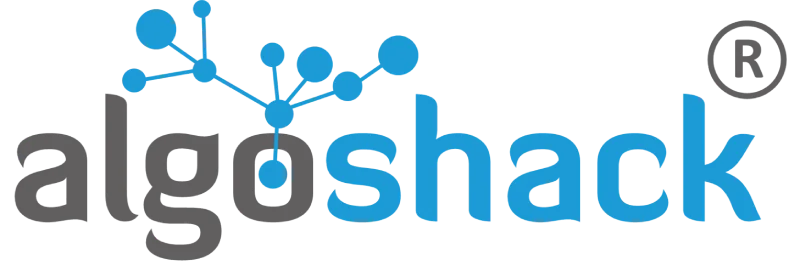Intro
Web application test automation is bringing in an evolution in how we communicate and collaborate over the internet. It allows us to embed voice, data, video, and instant messaging into browsers. It envelopes a wide range of emerging technologies, which leverage on the current technologies. And extend the capabilities of a browser, by allowing real-time media exchange with other browsers. It provides developers with a platform wherein they can build a powerful and robust voice-and-video communication solution. WebRTC is an open-source environment and is supported by Apple, Google, Microsoft and Mozilla, amongst others. Let’s understand more about web application test automation
Benefits of web application test automation
- If you use a third-party API like OAuth to fetch data from services like LinkedIn, Facebook, and Google. Then you can couple this fetched data with WebRTC-powered features to enable rich contextual communications. Here’s an example, if you put up a video interview and then you can use WebRTC’s data channel. It streams the relevant and contextual data as an overlay to what’s participants see, complementing the live video chat.
- Sending big files through the existing data channels is neither as fast nor as secure as you would expect. But you could send it directly through your web browser using WebRTC’s data channel. It uses very low-latency, with ensuring full encryption between the two endpoints, hence maintaining data security.
- Embedding ATMs, Vending machines and retail store kiosks with WebRTC engines. It is an easy way to connect the customers with agents in real-time.
- Websites or applications with WebRTC audio or video channels speed up the sales process by providing ongoing assistance to customers with their purchases.
- multi-user video conference with WebRTC – by setting up a mesh solution involving each user and establishing a direct peer-to-peer connection.
- We use it actively WebRTC to increase public safety, for example, Safer Mobility uses WebRTC to seamlessly connect people directly to concerned authorities, while also utilizing location-based awareness.
- Health clinics use WebRTC based solutions to enable online consultations over browsers. We leverage WebRTC based solutions for sharing images for radiologists review.
Other points to consider for web applications test automation
With the internet traffic heavily steering towards WebRTC, it is important to ensure that you have a mechanism in place that provides quality assurance for such WebRTC type applications to be re in production environments. Applications such as Skype, Whatsapp, Google Hangouts, Zoom, and Microsoft Teams use either WebRTC or VoIP and have become extremely important today. As businesses rely on them for their communication channels, thus, quality becomes one of the most important criteria to maintain and to consider.
However, testing WebRTC based applications in an automated fashion is very challenging. Developers use WebRTC to integrate audio and video communications with their web applications, and typically they make use of a complex media pipeline for handling and transporting heavy multimedia information, making it difficult to be tested using simple comparison-based oracles.
Validation of functional correctness of WebRTC applications requires the ability to evaluate parameters like media connectivity to check with the data packets to be send whether they are proper end-to-end, or, media continuity, to check whether the encryption of media.
Therefore, in order to release these kinds of services to production, the testing mechanisms require an architecture that offers assessment of the functional correctness of the SUT. But also the stability, scalability, and security of these services. WebRTC services involve complex, distributed and heterogeneous network topologies. Here failures or inefficiencies on any of the components may prevent the service from operating offering a successful user experience.
Testing the applications and keeping them running, error free is of utmost importance and critical as well.
When developers integrate video and voice into the applications, they consume complex media pipeline helping with the transport of multimedia information. And this cannot be using simple comparison-based oracles. Beyond the UI, you’re testing if the two browsers established connection when the caller calls the called. The called answered the call or whether the connection is terminated when one party hangs up, whether voice got established. And whether data channel got established and so many such complex scenarios.
We at AlgoShack, have also dealt with testing these kinds of applications that related to audio and video. It is dealing with something more than a web application. Because you’re dealing with audio and video, two-way calls and multi-party calls.
The real time nature of WebRTC traffic makes Quality of Service and Quality of Experience a point to focus on.
Contact us for a demo



